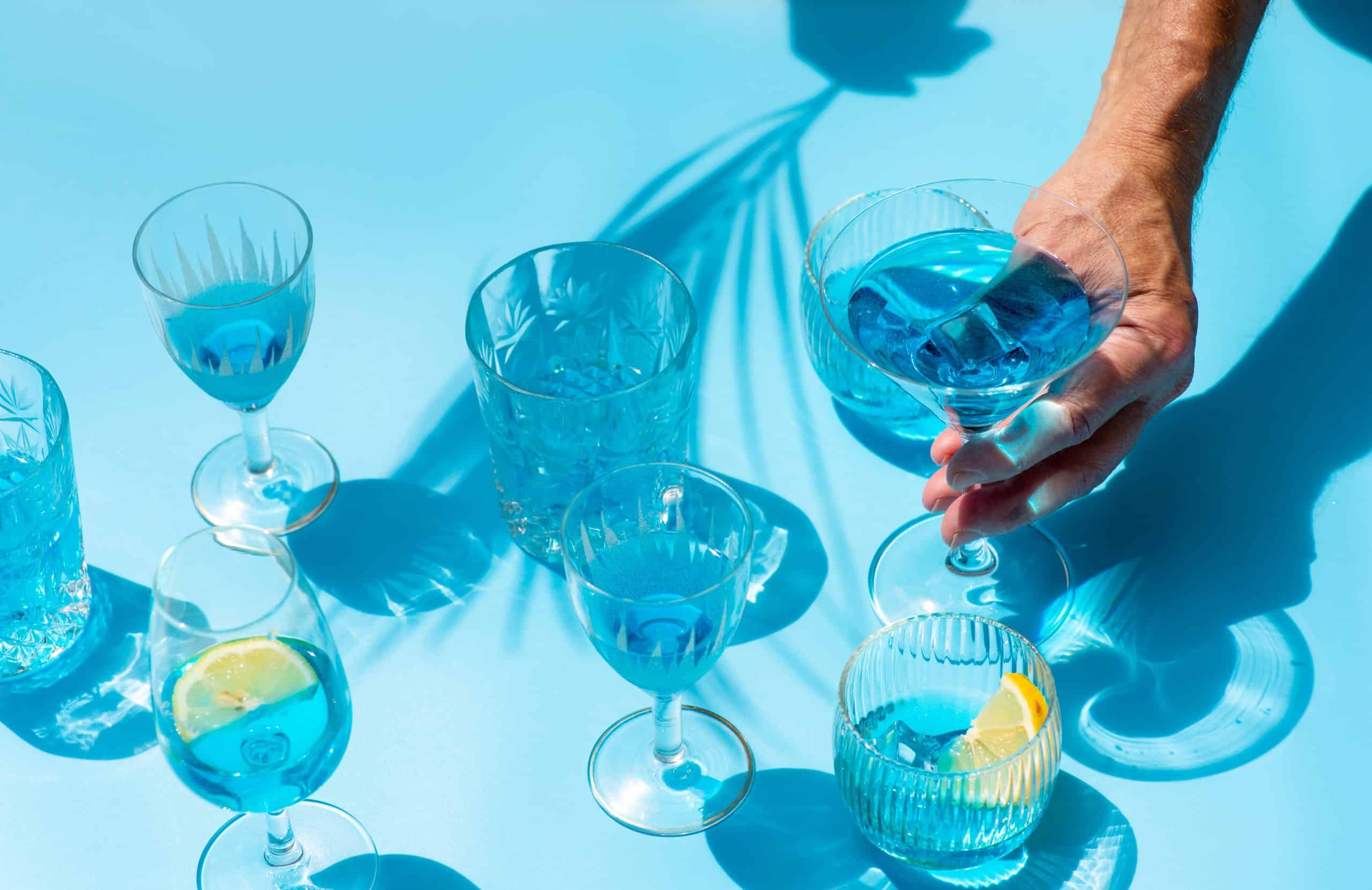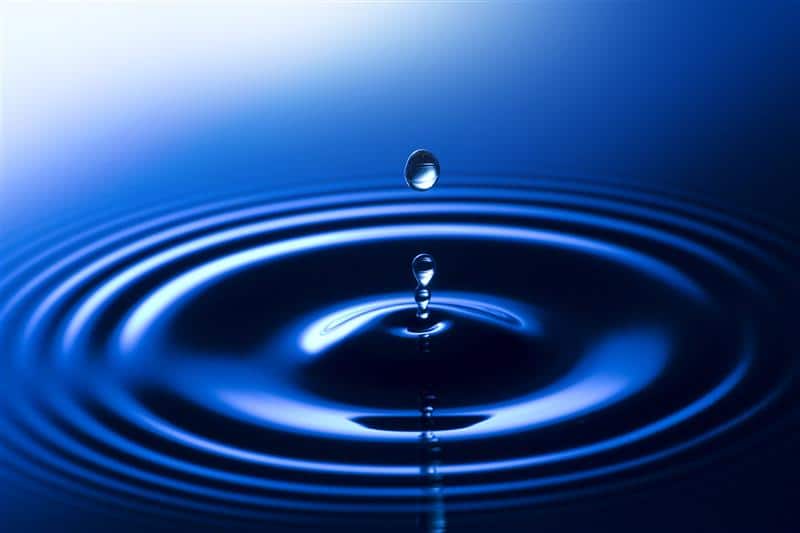Electrolytes are crucial for your body, especially in warmer weather and when exercising. Find out why – and how – you should replenish your body.
Every drop of sweat contains electrolytes. During exercise, you can lose a lot of these essential minerals – depending on whether you sweat an average amount (about 500ml per hour, equal to a small bottle of Coke) or drench yourself in perspiration (up to 2 litres per hour). Just how much sweat – and electrolytes — you lose can vary massively, based on how intensely you exercise; how hot, windy or hilly the conditions are; what clothes you’re wearing; as well as individual factors such as your fitness level and genetics. You can also lose electrolytes through urine or other bodily fluids, such as vomiting or diarrhoea, and certain chronic illnesses.
Why does it matter?
Electrolytes are minerals such as sodium, potassium, calcium, magnesium and chloride, amongst others, which your body needs. “Electrolytes must be evenly balanced for your body to function properly.; according to Healthline. “Severe electrolyte imbalances can cause serious problems such as seizures, cardiac arrest or coma.”
The website explains that sodium is crucial for maintaining fluid balance, nerve function and muscle contractions. Potassium is vital for heart function, muscle contractions and nerve signals. Calcium is needed for bone health, muscle function and nerve signalling. Magnesium helps muscle and nerve function, blood glucose control and blood pressure regulation, and chloride maintains fluid balance and is a component of stomach acid.
Symptoms of an electrolyte imbalance can include anything from confusion and irritability, fatigue, headache, muscle cramps/spasms or weakness to irregular or fast heart rate, nausea and vomiting, or numbness or tingling in limbs, fingers and toes.
A study quoted in Popular Science showed that the performance of endurance athletes frequently suffered when they lost water equivalent to 2% of their body weight. According to the article: “Severe dehydration for adults begins at 10%, but you can start experiencing symptoms like headaches and dizziness at a 5% dehydration level.”
How to replenish electrolytes
“If you’re eating a balanced diet and don’t participate in extreme physical activity, you’re probably getting all the electrolytes you need from the foods you eat,” says Harvard Health. This means leafy green vegetables, watermelon, nuts, coconut water, dairy products and more.
However, taking extra electrolytes is advisable “if you’re losing a lot of fluid through persistent vomiting or diarrhoea, have a strenuous physical job or you frequently exercise at a high intensity, especially in a hot or humid climate or at higher altitudes.”
There is a wide range of commercial electrolyte drinks, powders, capsules, gels and supplements available in South Africa — of varying quality and price. Alternatively, you could make your own electrolyte drink at home, avoiding the sugar and artificial additives of some commercial products while also saving money.

DIY electrolyte drinks
All of these recipes are high in sodium, potassium, calcium and magnesium. Mix ingredients well. Serve chilled or over ice.
1. Citrus burst
2 cups water
½ cup freshly squeezed orange juice
¼ cup freshly squeezed lemon juice
¼ teaspoon sea salt
1 tablespoon honey (optional)
2. Coconut-lime refresher
1 cup coconut water
1 cup water
¼ cup fresh lime juice
¼ teaspoon sea salt
1 tablespoon honey or maple syrup (optional)
3. Watermelon cooler
1 cup water
1 cup watermelon chunks (seeds removed; blend with water until smooth)
¼ teaspoon sea salt
1 tablespoon lime juice
1 teaspoon honey (optional)
By: Silke Colquhoun
Photography by: Getty Images
Text courtesy of Man magazine
Also read: How can superfoods be chosen to meet specific health goals?







